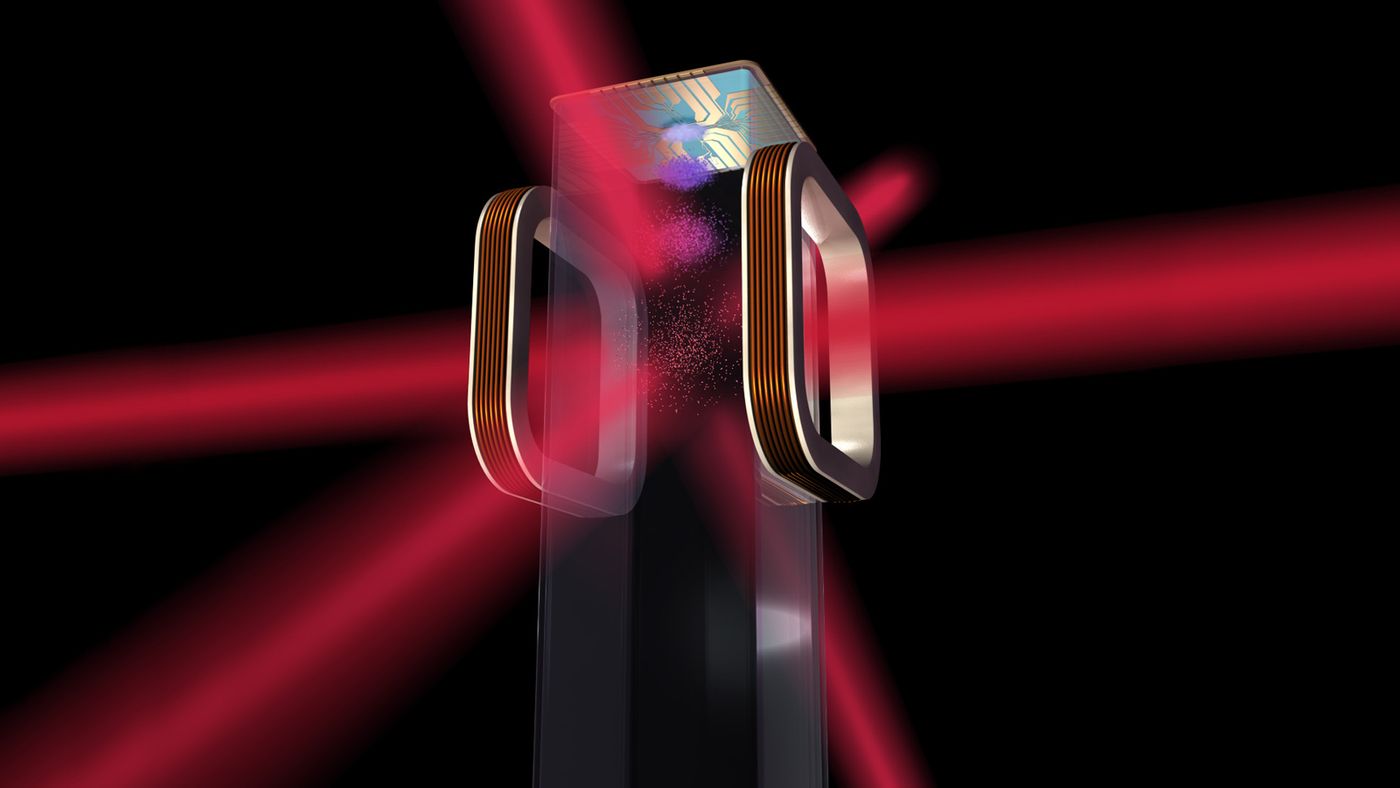NASA Aims to Create the Coldest Place in the Universe
NASA has a goal of creating what they say will be the coldest place in the entire universe, as it will help them to understand a property of matter that isn't well-understood. The project has been in development for a number of years, but soon it will come to fruition.
In the near future, an ice chest-sized box that NASA is calling the Cold Atom Laboratory (CAL) will be shipped to the International Space Station aboard a supply rocket.
Image Credit: NASA
CAL will come equipped with the tools it needs to hyper-chill gas atoms to just a billionth of a degree above absolute zero, which citing NASA, is about 100 million times colder than even the depths of outer space itself. It's worth noting that at absolute zero, atom activity reportedly freezes. The tools that will make this possible include a vacuum chamber, special lasers, and what NASA calls an “electromagnetic knife.” These tools will essentially slow the gas molecules that get trapped inside to a near-motionless state.
Since there is so much misundeerstanding about how these kinds of hyper-chilled properties impact physics, this is a huge opportunity to fill a gap in mankind's expanding knowledge. The gasses that get chilled to these kinds of low temperatures really aren’t even gasses anymore – their atoms become arranged into a state of matter dubbed Bose-Einstein Condensate. This is a unique type of matter that we don’t fully understand yet. Scientists describe it as a type of “super fluid” that lacks any friction.
It’s said that if you were to stir a bowl super-fluid, it would spin forever because there isn’t any friction to slow down the movement of its molecules. As you can imagine, this has some scientists curious about how this type of matter could be harnessed. Engineers already have a number of things in mind, including for use in certain sensors, improving atomic clocks, and increasing our understanding of dark matter and gravitational forces among other things.
While NASA has produced this type of experiment on Earth before, they’ve never managed to do it in space. The effects of microgravity are expected to give scientists the data they’re looking for since Earth’s gravitational forces tend to cause issues with studying the properties of “super fluid” matter. Although microgravity isn't quite as perfect as zero-gravity, it's still a much better situation for this kind of experimentation than being on Earth's surface is and will provide longer durations of study without all of the molecules falling to the bottom of the experiment.
CAL is already being tested and will soon be sent to Cape Canaveral, Florida, where it will hitch its ride to the International Space Station from SpaceX and commence experimentation. For all we know, this might seriously advance our understanding of physics and help in the creation of new technological innovations.
It should be very interesting to find out what can be learned from studying this realm of physics in space.
Source: NASA









